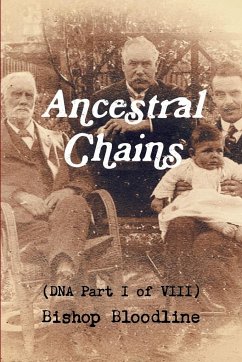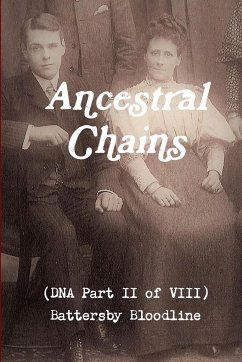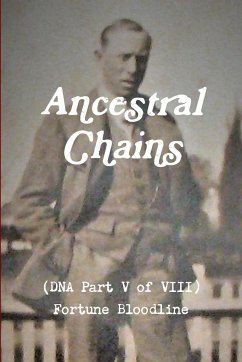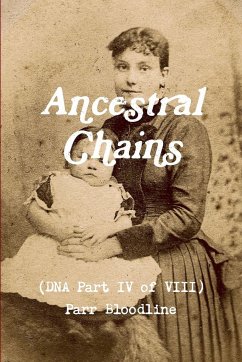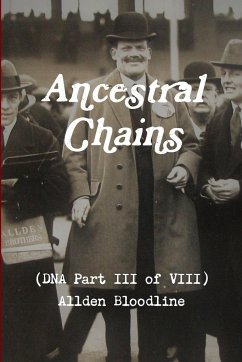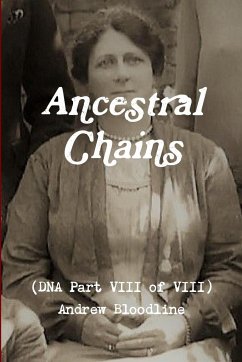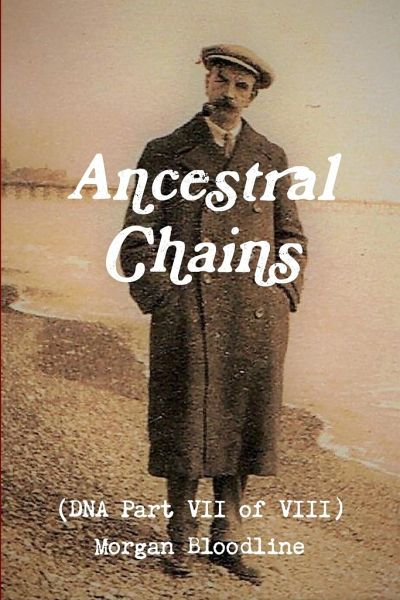
Ancestral Chains (DNA Part VII of VIII) Morgan Bloodline
Versandkostenfrei!
Versandfertig in 1-2 Wochen
33,99 €
inkl. MwSt.

PAYBACK Punkte
17 °P sammeln!
In this work, the reader is directed to Claydon village in rural Suffolk. Here the Morgan family of the author's memory lived, worked and propagated. Life was generally good with some up-and-downs, as these Morgans were descended from the minor gentry of Suffolk who originally hailed from Ipswich. Yet the Morgan Bloodline in the 19th and 20th centuries was ruled by trades people; the butchers & blacksmiths of the village, each with his business at the other end of town. Butcher by trade, but not by temperament and sporting the name Winfred Edward Mosart Morgan, this great-grandfather had had m...
In this work, the reader is directed to Claydon village in rural Suffolk. Here the Morgan family of the author's memory lived, worked and propagated. Life was generally good with some up-and-downs, as these Morgans were descended from the minor gentry of Suffolk who originally hailed from Ipswich. Yet the Morgan Bloodline in the 19th and 20th centuries was ruled by trades people; the butchers & blacksmiths of the village, each with his business at the other end of town. Butcher by trade, but not by temperament and sporting the name Winfred Edward Mosart Morgan, this great-grandfather had had much trauma in his early life, but was fun to be with. Even then, he would never admit that he and the Morgan blacksmith family down the lane were distant cousins. Musical flair was in the church-going family who were integral to village life, but tragedy was never far away, as attested by the Henry Moore sculpture that graced their local church before strangely being moved to nearby Barham. Oh yes, there was money, too!





